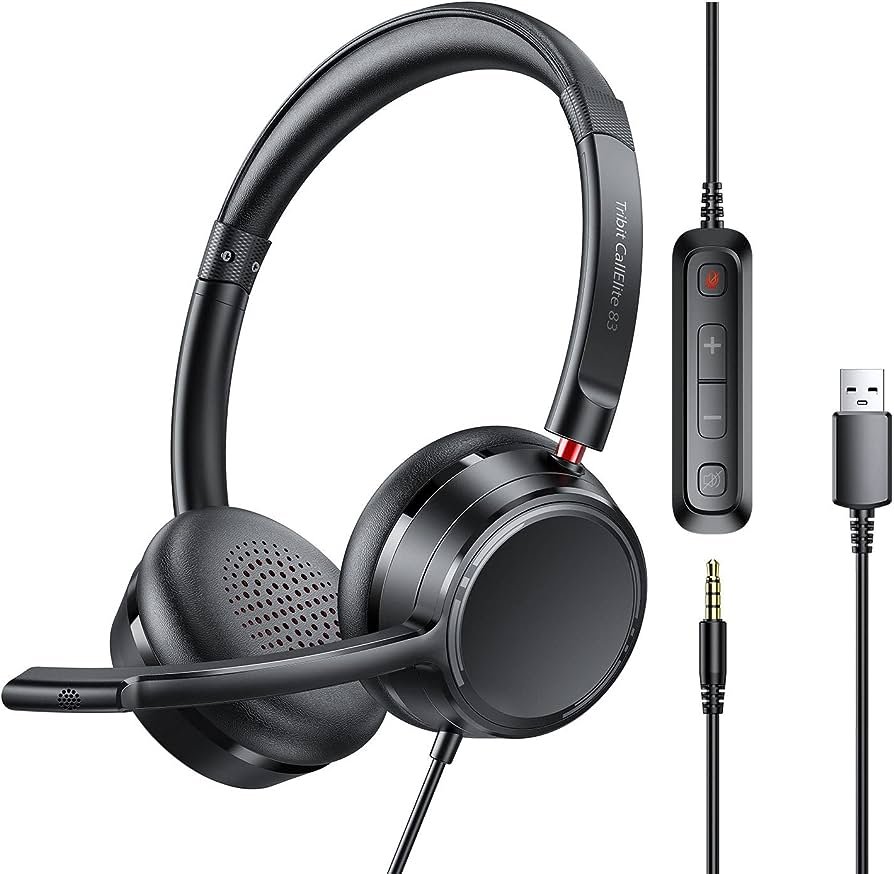The possible reasons why a laptop won’t start may include a dead battery, power supply issues, or a faulty motherboard. In this case, troubleshooting steps like checking the power connection, trying a different power adapter, and performing a hard reset may help resolve the problem.
/cdn.vox-cdn.com/uploads/chorus_image/image/65686088/GettyImages_1134997022__1_.0.jpg)
Common Causes Of Startup Issues
Various factors can cause startup issues with laptops. Faulty power sources, such as an unplugged power cord or dead battery, may prevent the laptop from starting. Malfunctioning power outlets can also contribute to the problem. Hardware issues can hinder the startup process, including a defective hard drive or faulty ram.
Overheating problems due to poor ventilation or dust accumulation may also lead to startup failures. Software conflicts, such as incompatible programs or a corrupted operating system, can prevent the laptop from starting up. Outdated software or drivers can also cause startup issues.
Additionally, malware or viruses can disrupt the startup process. By identifying these common causes, one can troubleshoot and resolve startup problems effectively.
Steps To Diagnose The Problem
To diagnose a laptop that won’t start, check the power connections. Test the power source and ensure it’s functioning properly. Next, try resetting the laptop. Inspect the hardware for any visible damage or loose connections if the issue persists.
Troubleshoot the ram to see if it’s causing the problem. Additionally, test the hard drive for any potential issues. Overheating can also lead to startup problems, so address any cooling concerns. Proceed to troubleshoot the software by booting the laptop in safe mode and running system scans for malware.
Lastly, update drivers and software to ensure everything is up to date.
Contacting Technical Support
When contacting technical support, it is important to gather essential information about the issue at hand. Start by noting the laptop model, specifications, and any recently installed software or hardware. Provide a clear description of the problem, explaining the exact issues faced.
Following the recommended technical support procedures is crucial to efficient assistance. If necessary, contact the laptop manufacturer directly for further guidance. Additionally, utilize online support resources that may contain troubleshooting steps or frequently asked questions. If the problem persists, consider scheduling repairs or troubleshooting sessions with a trained professional.
Following these steps can ensure a smoother experience when dealing with technical issues and improve the chances of resolving the laptop startup problem effectively.
Frequently Asked Questions Of Customer Calls Complaining Their Laptop Won’T Start Indeed
Why Is My Laptop Not Starting Up?
If your laptop won’t start, it could be due to various reasons, such as a drained battery, faulty power adapter, or hardware issues. Try troubleshooting by connecting it to a power source, checking the charging indicator, and restarting it. If the problem persists, consider seeking professional help.
How Can I Fix My Laptop That Won’t Turn On?
First, to fix a laptop that won’t turn on, ensure it’s connected to a power source. Try removing the battery and ac adapter, then pressing and holding the power button for 15 seconds before reconnecting them. If the issue persists, it may require professional repair or inspection.
What Should I Do If My Laptop Screen Remains Black After Starting?
If your laptop screen stays black after starting, there could be multiple causes, like a graphics card issue, incorrect display settings, or a hardware problem. Start by checking the brightness settings, connecting an external display, or restarting safely.
If the problem continues, consider seeking technical assistance.
Conclusion
Troubleshooting laptop issues requires a systematic approach to ensure a swift resolution. By carefully assessing the customer’s problem and conducting a thorough diagnostic process, technicians can identify the root cause of the startup problem. This may involve checking hardware connections, running diagnostic tests, or addressing software issues.
Effective communication with the customer is essential to gather all necessary information and provide guidance throughout the troubleshooting process. Regularly keeping up with the latest industry developments, such as firmware updates and common hardware failures, can also help streamline the resolution process.
Ultimately, technicians can ensure customer satisfaction and establish a positive reputation for their business by providing prompt and efficient solutions. Remember, every laptop problem requires individual attention, so patience, skill, and expertise are crucial for success in resolving startup issues.




GIPHY App Key not set. Please check settings